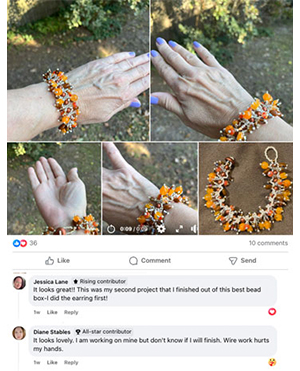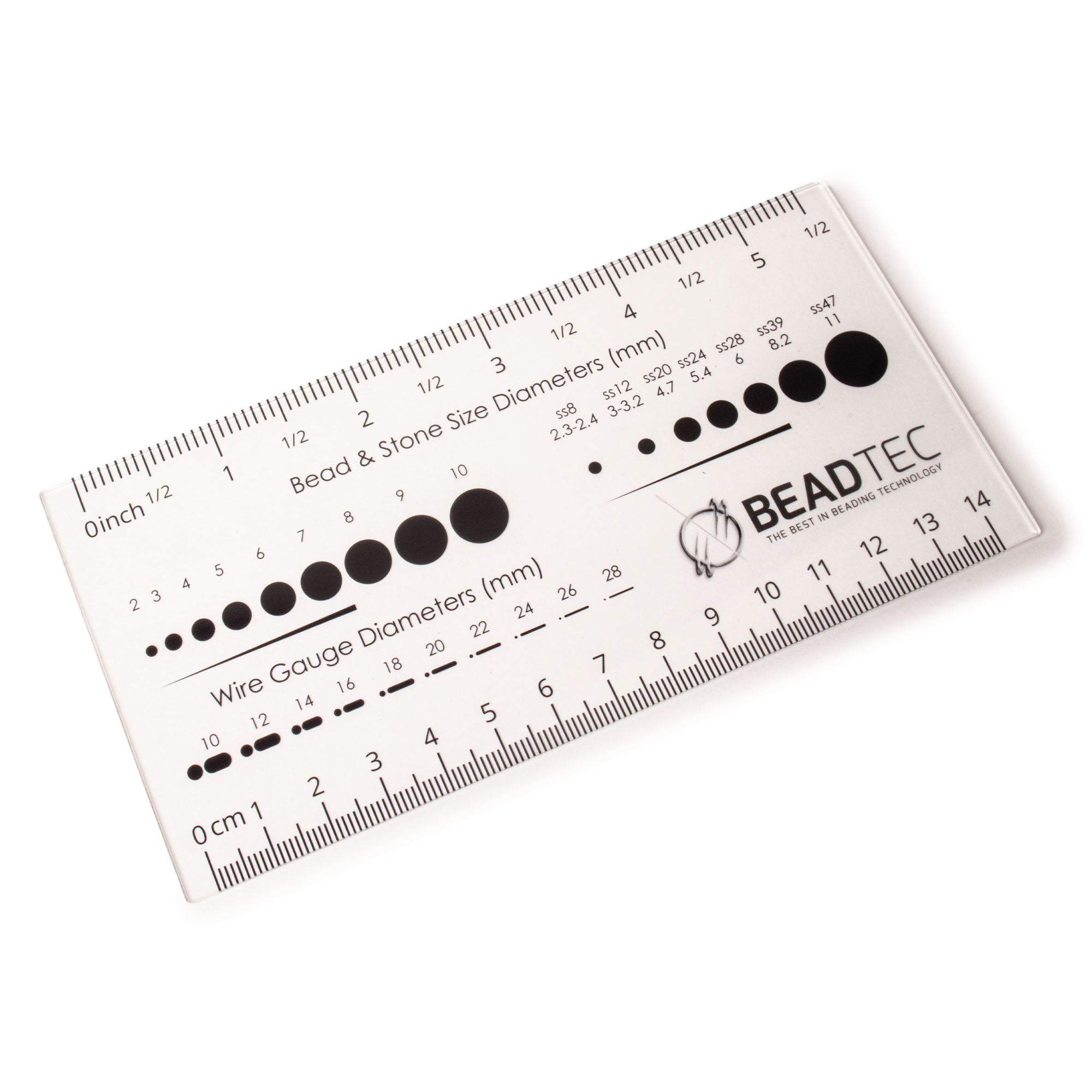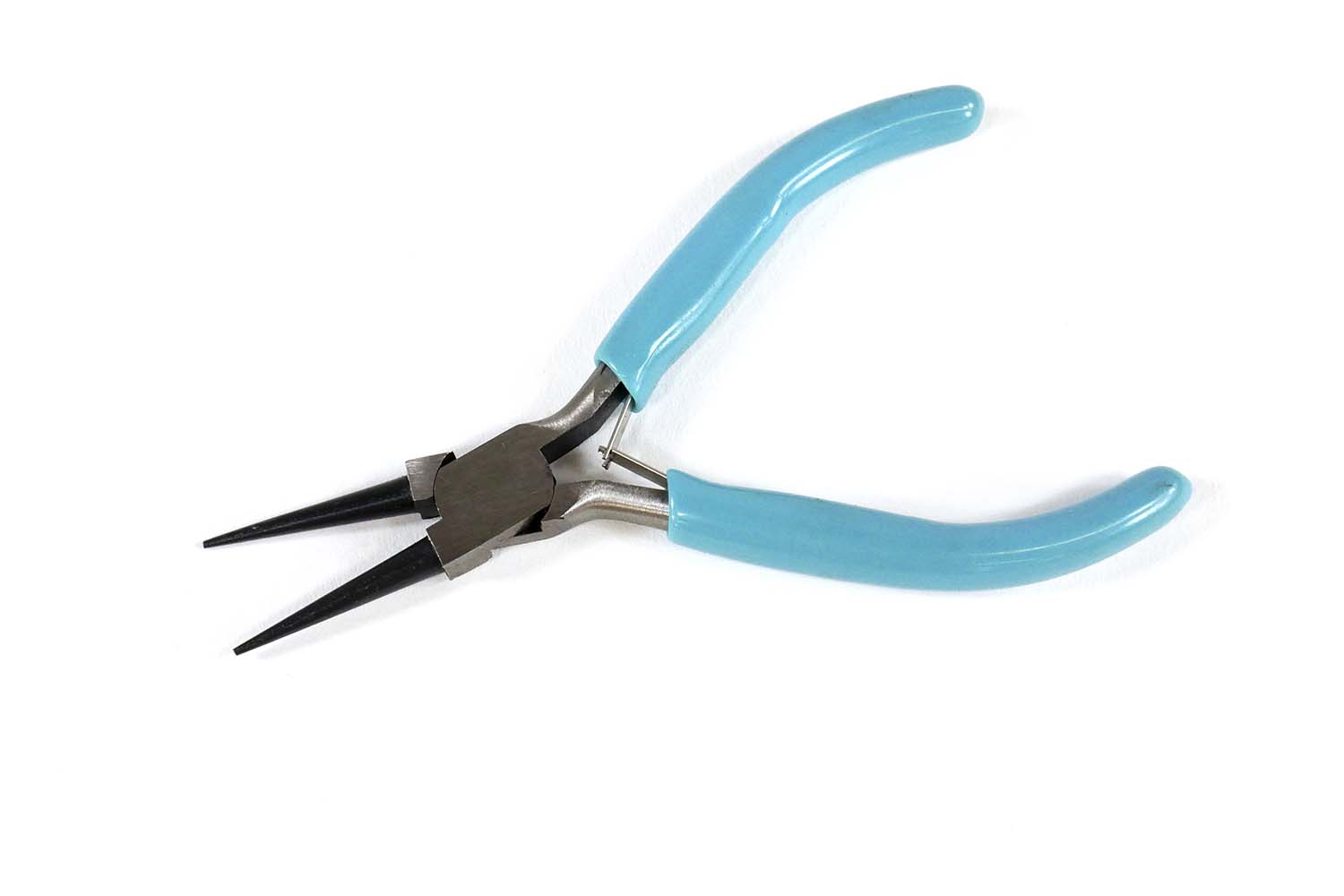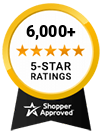- Jewelry-Making Supplies ▾
Design Jewelry with Confidence!
Seed Beads
Thread, Wire, & Stringing Materials
Athenacast Findings & Components
Everything Else
- Kits & Collections ▾
Assemble Your World
Kits & Collections
- Subscriptions ▾
Want monthly Beading Happiness?
Subscriptions
- Learn to Make ▾
Want to learn more?
- Discounts & Deals ▾
Explore Today's Promotions!
- Jewelry-Making Supplies
- Kits & Collections
- Subscriptions
- Learn to Make
- Discounts & Deals
-
Seed Beads
Thread, Wire, & Stringing Materials
Findings & Components
Everything Else
-
Kits & Collections
-
Subscriptions
- Home
- How to Make Jewelry
- Better Beader Episodes
- How to Price Your Jewelry to Sell
How to Price Your Jewelry to Sell

Watch the Video Tutorial
Watch the Video Tutorial
Need Any Extra Materials?
Need Any Extra Materials?
Need Any Extra Materials?
Need Any Extra Materials?
Episode Transcript
Episode Transcript
Introduction
Pricing your handmade jewelry can be a daunting task, especially for new beaders and crafters. In Better Beader Episode 38, the hosts from Potomac Beads share valuable insights and strategies to help you confidently price your jewelry creations for sale. This article will provide a comprehensive guide based on the key points discussed in the episode, empowering you to determine fair and profitable prices for your unique pieces.
Factors to Consider When Pricing Your Jewelry
- Materials Cost: Calculate the total cost of all materials used in your piece, including beads, findings, stringing materials, and any other components.
- Labor Time: Track the time spent creating each piece, from designing to finishing. Consider your skill level and the complexity of the techniques used.
- Overhead Costs: Factor in any additional expenses such as equipment, tools, packaging, marketing, and workspace rental (if applicable).
- Target Market: Research your target audience and consider their preferences, spending habits, and the perceived value of your jewelry.
- Competition: Analyze prices of similar products in your market to ensure your prices are competitive yet reflective of your unique value proposition.
Pricing Strategies
- Cost-Based Pricing: Calculate your total costs (materials + labor + overhead) and add a desired profit margin to determine your price. A common formula is to multiply your costs by 2-3x for wholesale and 4-5x for retail.
- Value-Based Pricing: Set prices based on the perceived value of your jewelry to your target customers. Consider factors like uniqueness, quality, and emotional appeal.
- Tiered Pricing: Offer varying price points for different jewelry collections or designs, catering to customers with different budgets and preferences.
- Bundle Pricing: Create jewelry sets or bundles and offer them at a slightly discounted price compared to purchasing each piece individually.
Tips for Successful Jewelry Pricing
- Be consistent with your pricing strategy across your collection and sales channels.
- Regularly review and adjust your prices based on market trends, customer feedback, and changes in your costs.
- Communicate the value and unique features of your jewelry to justify your prices and build customer trust.
- Don't undervalue your time and skills – remember, you're not just selling a product, but also your creativity and expertise!
Conclusion
Pricing your handmade jewelry is a crucial aspect of running a successful crafting business. By considering the key factors discussed in Better Beader Episode 38 and implementing the suggested pricing strategies, you'll be well-equipped to set fair and profitable prices for your unique creations. Remember to continuously assess and adapt your prices as your business grows and evolves. Happy beading and selling!
Join Our Growing Community
Join Our Growing Community




Our Testimonials
Our Testimonials
- 55974 (83.8%)
- 4811 (11.4%)
- 3294 (4.1%)
- 230 (0.4%)
- 123 (0.3%)
- Favorite Reviews
- Highest to Lowest
- Newest to Oldest
- All Ratings
- 5 ★ Reviews
- 4 ★ Reviews
- 3 ★ Reviews
- 2 ★ Reviews
- 1 ★ Reviews
Loading...
Only Visible on Admin Mode
Item Description
Designer's Material List
Project Steps
Step 2: Calculate the material costs for your jewelry, considering the prices of seed beads, crystals, and any high-end materials used.
Step 3: Combine your calculated hourly wage with the material costs to determine a base price for each piece.
Step 4: Research the market demand and location to adjust your pricing strategy, ensuring your jewelry is accessible and competitively priced.
Step 5: Create a range of jewelry pieces at different price points to cater to various customers at craft fairs or online platforms.
Highest Quality
Products
100% Money
Back Guarantee
Fast
Shipping
Best Teaching &
Customer Service
You'll want these emails...
Get Free Projects & Inspiration
Get Free Projects & Inspiration
- Bullet 1
- Bullet 2
- Bullet 3
Copyright © PotomacBeads









